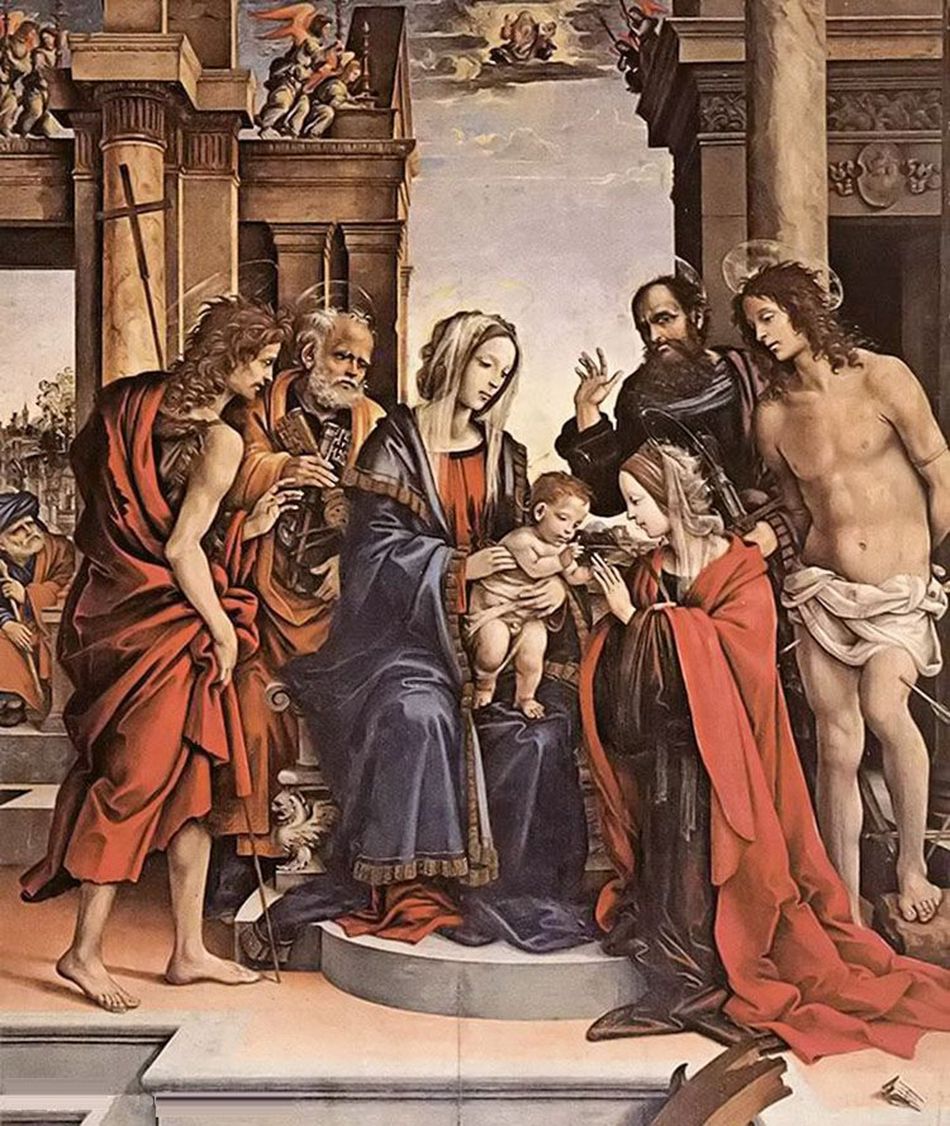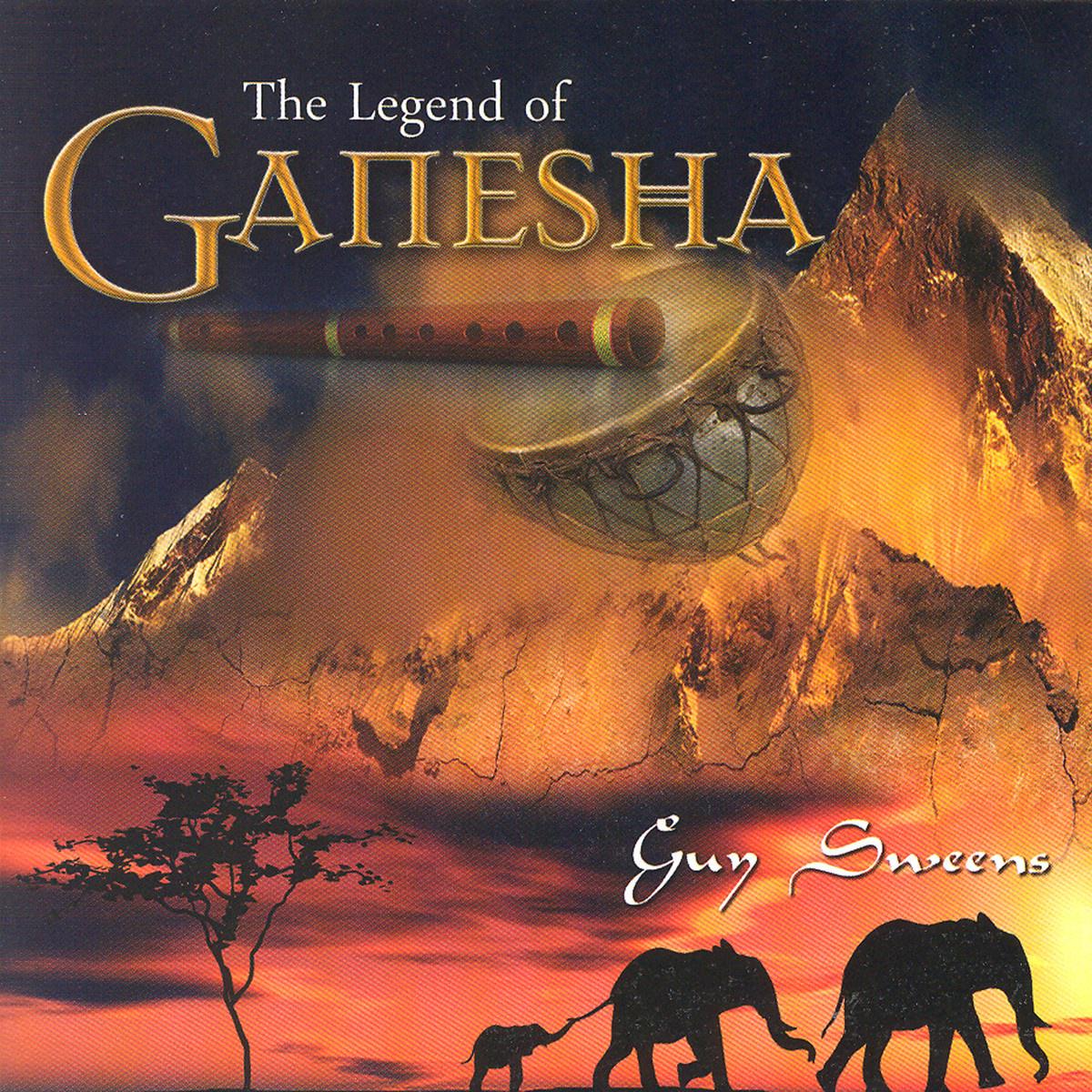The art of scarf tying: a fashionable and functional guide
The art of scarf tying is not just a fashion statement, but also a practical skill that can be utilized to stay warm and look stylish. This guide will teach you how to tie a scarf in various ways, including the basic knot, the infinity scarf, and the French tuck. With these techniques, you can create endless combinations of scarves to compliment any outfit. From formal to casual, there is a scarf tying method to suit every occasion. Mastering the art of scarf tying will elevate your fashion game and add a touch of creativity to your wardrobe.
In the world of fashion, the scarf is a small but significant detail that can completely transform an outfit. From the classic to the avant-garde, scarves come in all shapes, sizes, and materials, each carrying its own unique style and charm. However, while scarves may appear to be simple accessories, their proper care and maintenance can often be overlooked. In this guide, we explore the art of scarf tying, highlighting its fashionability and functionality, while providing tips and tricks for tying scarves in a range of styles.
The history and evolution of scarves
Scarves have been around for centuries, dating back to ancient times when they were used primarily for warmth and protection from the elements. Over time, their function has shifted from utility to fashion, with scarves becoming a key element in expressing one's style and personality. From the long, flowing scarves of the Middle Ages to the sleek, modern designs of contemporary fashion, scarves have transformed along with changing fashion trends.

The different types of scarves
There are many different types of scarves available, each designed for a specific purpose and style. From the classic wool scarf to the lightweight silk scarf, each material has its own unique properties and aesthetic. For example, wool scarves are great for colder weather due to their warmth and durability, while silk scarves are more suitable for warmer climates as they are lighter and more breathable.
How to tie a scarf: basic techniques and styles
When it comes to scarf tying, there are many different techniques and styles to explore. Here are a few of the most common and easy-to-learn methods:
1、The Simple Knot: This is a basic technique that can be used for a variety of scarf shapes and sizes. Simply take your scarf and fold it in half, then loop it around your neck and secure the ends together with a simple knot.
2、The French Knot: This style is a bit more sophisticated than the simple knot and requires a little more practice. Start by crossing your scarf around your neck, then bring the ends together and secure them with a knot. The result is a sleek and stylish look that is perfect for formal occasions.
3、The Infinity Knot: As the name suggests, this knot creates a continuous loop around your neck, giving it a more dramatic and unique look. To achieve this style, start by crossing your scarf around your neck and then bringing the ends together in a loop. Secure the loop in place with a knot at the back of your neck.
4、The平衡结(Balanced Knot): This style is unique to Chinese fashion and creates a more balanced and symmetrical look. Start by crossing your scarf around your neck, then bring the ends together and secure them with a knot at the front of your neck. Adjust the length of the scarf to create a more balanced look.

How to match a scarf to your outfit
Choosing the right scarf to match your outfit is key to creating a coordinated and stylish look. Here are a few tips to keep in mind:
1、Color: Consider the colors of your outfit and choose a scarf in a complementary or contrasting color. For example, if your outfit is primarily blue, choose a scarf in a red or orange color to add a pop of color.
2、Material: Match the material of your scarf to the occasion and climate. For example, a wool scarf is great for colder weather while a silk scarf is more suitable for warmer weather or formal occasions.
3、Length: Consider the length of your scarf when matching it to your outfit. A longer scarf can be used to create more dramatic looks while a shorter scarf is more suitable for casual wear or children's outfits.
4、Pattern: If you want your scarf to be a statement piece, consider choosing one with a pattern or design. However, make sure the pattern complements the color and material of your outfit for a coordinated look.
Common questions about scarves
Q: How should I clean my scarf?

A: The cleaning instructions for your scarf will depend on its material and care label. Generally, most scarves can be machine washed on a delicate cycle or hand washed using warm water and mild detergent. Avoid using hot water as it can shrink or damage the material. Allow the scarf to air dry flat after washing to maintain its shape and texture.
Q: How should I store my scarf?
A: To prevent creasing or damage, it is best to store your scarf hanging on a衣帽架(衣帽架) or in a drawer with other accessories. If you live in a humid environment, it may be helpful to place your scarf in a密封袋(密封袋) before storing it to prevent moisture damage.
Q: Can I return my scarf if it doesn't fit or I don't like it?
A: Most retailers have a returns policy that allows you to
Articles related to the knowledge points of this article:
Feather and Cotton Pants: A Fashionable and Functional Winter Wear
Title: Mastering the Art of Tie Tying: A Comprehensive Video Tutorial for Perfect Bow-Tying
Furs and Feathers: The Elegance of a Peacoat
Title: 20 Styling Techniques for Long Scarves: A Step-by-Step Guide



